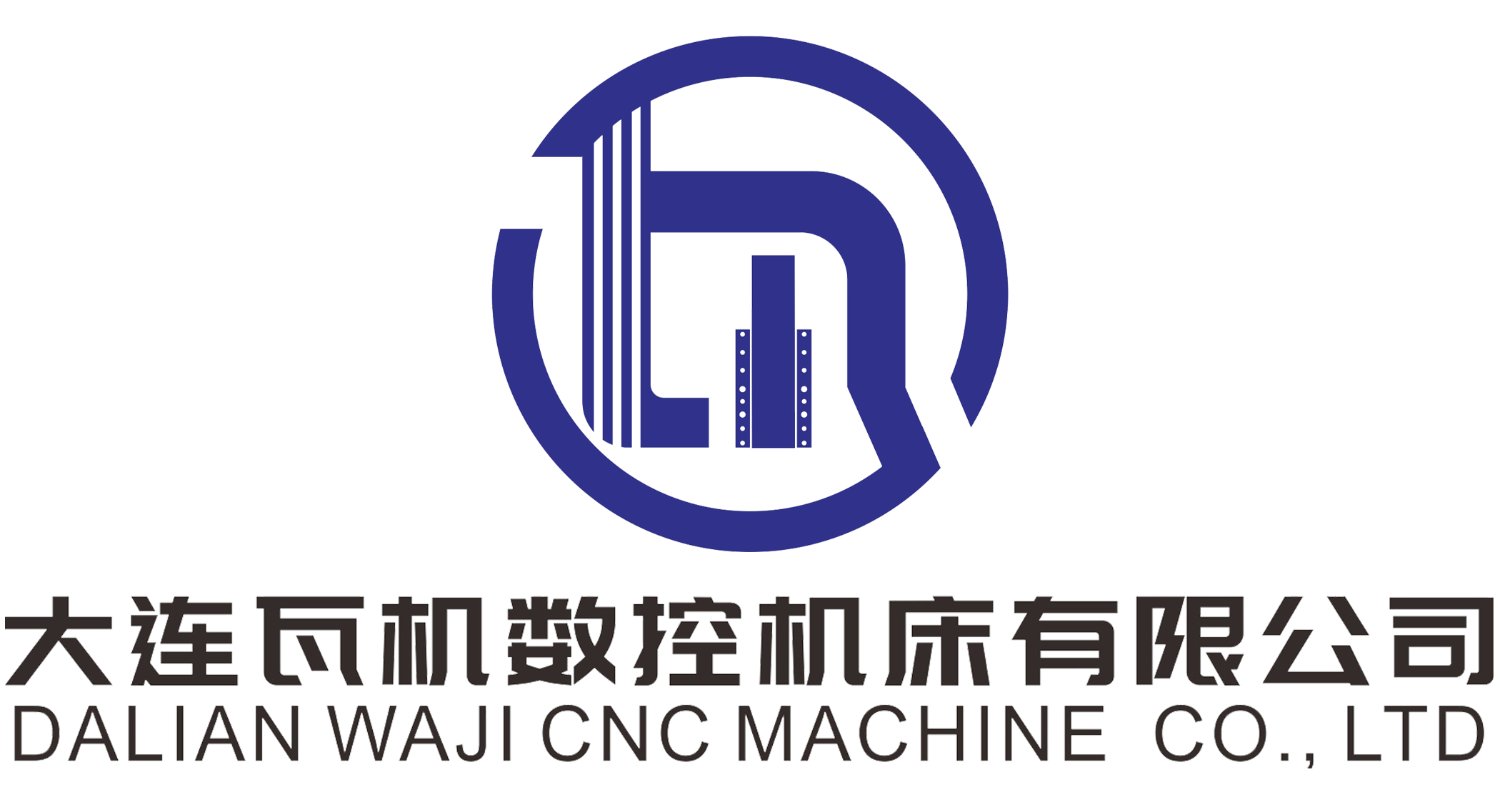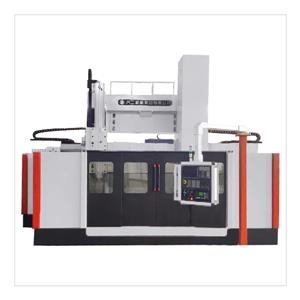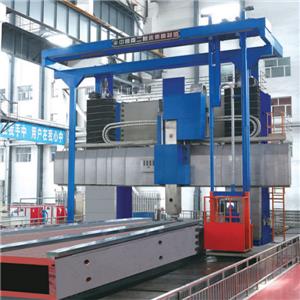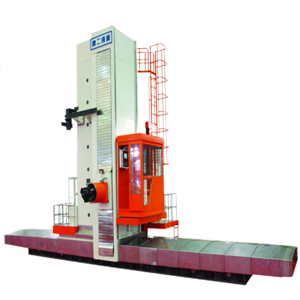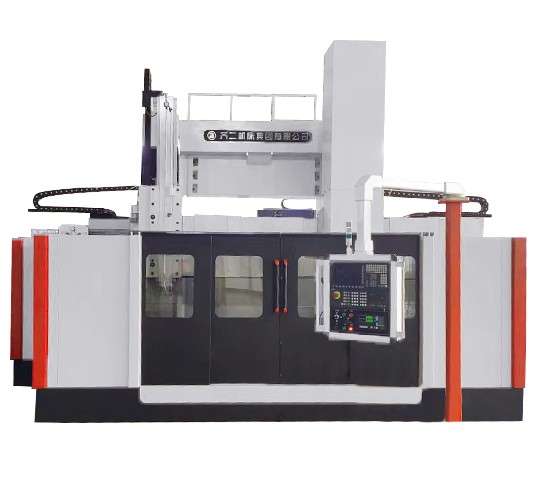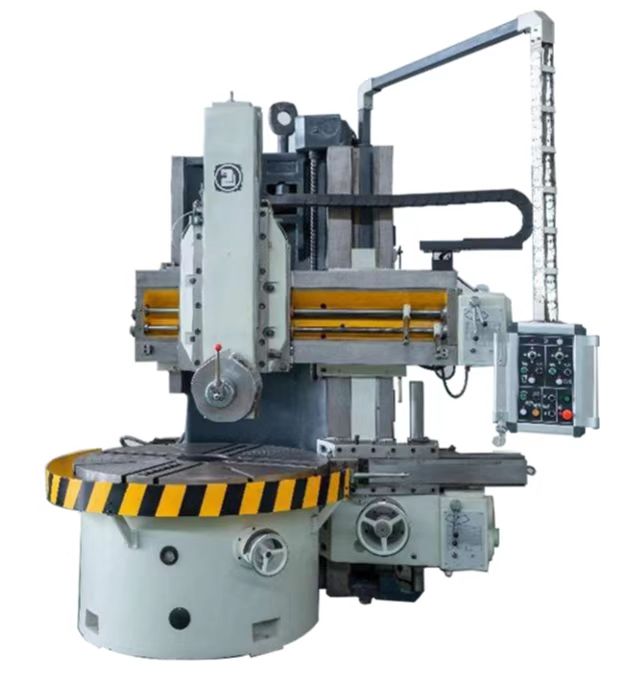Features of CNC lathe
CNC lathe is the abbreviation of computer-controlled lathe, which is an automatic technology lathe equipped with a system control system.
1. CNC lathe has the following characteristics:
(1) With high dimensional accuracy, relatively stable production and processing quality, it can carry out the linkage of multiple coordinate systems, and can produce parts with complex shapes;
(2) When processing parts are changed, generally only the NC program flow needs to be changed, which can reduce the length of production site management;
(3) The lathe itself has high accuracy and rigidity. It can choose beneficial production and processing usage, and the production and manufacturing efficiency is high (generally 3~5 times of that of the general lathe);
(4) The lathe has a high level of automation, which can reduce labor efficiency;
(5) It requires high quality of operators and professional skills of maintenance workers.
2. Installation steps of CNC lathe:
(1) Hoisting and transportation
The special lifting tools provided by the manufacturer shall be used for the lifting and positioning of the lathe, and other methods shall not be used. Without special tools for hoisting, galvanized steel wire rope shall be used for hoisting and positioning according to the requirements of the instructions.
(2) Basic and part
The lathe should be installed on the premise of firmness, and the position should avoid Shifeng; Prevent sunlight and heat transfer; Place it in a cool and dry place to prevent the impact of damp, cold and cyclone. If there is Shifeng around the lathe, set the shockproof ditch around the original lathe.
(3) Lathe installation
When the lathe is placed on the premise, the ground shall be leveled in free state, and then the foundation screws shall be tightened evenly. For general lathes, the reading value of the level gauge shall not exceed 0.04/1000mm, and for lathes with high accuracy, the level gauge shall not exceed 0.02/1000mm. When testing the assembly precision, it should be carried out under stable conditions, and the measuring instrument should be reused after a period of constant temperature. When assembling the lathe, spare no effort to prevent the lathe from causing forced deformation. During the installation of the lathe, it is not allowed to dismantle a component of the lathe at will. The disassembly and assembly of the components may cause the distribution of the thermal stress of the lathe, thus affecting the precision of the lathe.
3. Preparations for CNC lathe test run
After the geometric accuracy of the lathe is accepted, the whole equipment must be cleaned. Use pure cotton or linen soaked with detergent, not pure cotton yarn or sand cloth. Remove the antirust agent or anticorrosive paint applied by the lathe to maintain the slide rail surface and production processing surface in the factory. Clean the dust on the outer surface of the lathe. Grease is required for each shear failure and working paint mixing with the lathe.
Carefully check whether all parts of the lathe are filled with oil as required and whether the cooling tank is filled with refrigerant. Whether the oil of the hydraulic system and automatic lubricating device of the lathe reaches the required position of the oil indicator. Check whether there are any problems with the buttons and electronic devices in the electrical control box, and whether the crimping integrated circuit chips are timely. Plug in and operate the centralized lubrication device, so that all smooth positions and grease path 2 are filled with grease. Do a good job in preparing the positions of various parts of the lathe.
